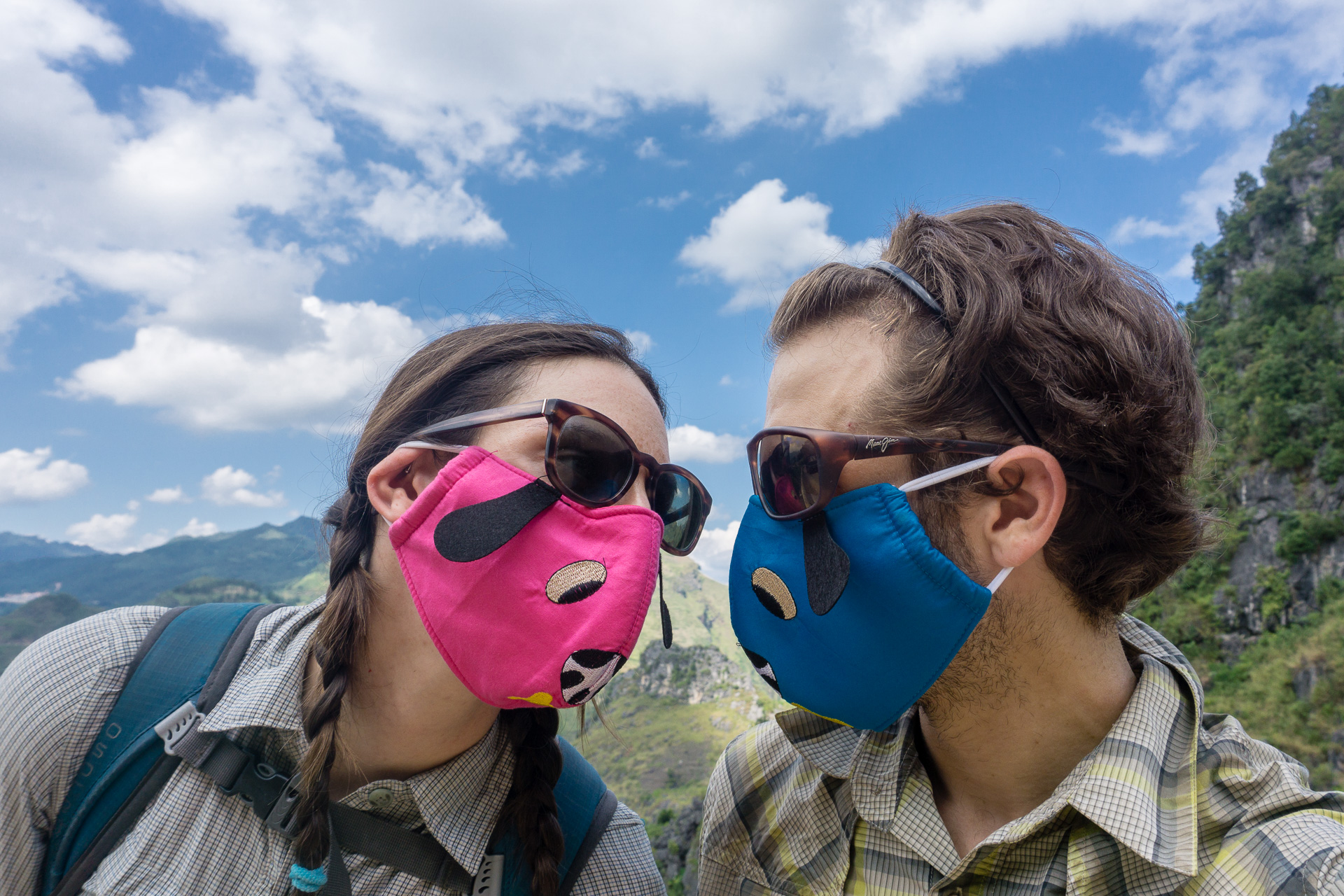What To Expect When Visiting Mendoza, Argentina
/After falling in love with Mendoza on our first backpacking trip, we’ve returned for more Malbec and Argentine culture. The city of Mendoza is a great place to spend a few laid-back days absorbing the local culture. Mendoza also makes a convenient base for day trips to dozens of wineries in the nearby grape-growing regions of Maipu, Lujan de Cuyo, and Valle de Uco. Please see the links below to read more about planning trips to wineries around Mendoza.
The City of Mendoza
With parks scattered throughout and tree lined streets, you wouldn’t guess that the city of Mendoza is, in fact, in the desert. An extensive irrigation system allows for numerous trees, ample shade and lush greenery creating an unlikely oasis. With temperatures reaching 95+ degrees (F) during our stay in February we were grateful for the shade! February falls during Mendoza’s summer, which spans December to March.
The dry desert climate makes the heat more tolerable, but Argentinian’s make sure to miss the midday heat with a siesta. The siesta culture takes some getting used to with many shops and restaurants closing from around 1-5pm. We found ourselves famished around 3pm with no where to go more than once, I admit. Afternoon siestas allow for late nights however, with dinner starting around 9pm. Even on weeknights’ we heard people out and about in the streets into the early morning. We felt truly Argentine sitting down for a meal at 10pm.
The city of Mendoza is charming with its pedestrian-only cobblestone streets, abundant cafés, and plentiful outdoor seating. At any time of day you can observe locals sitting street-side with miniature coffees. It’s truly amazing how long a local can sit and savor these few sips of milky coffee. Whether savoring cafecitas or sharing the tradition of mate with friends, Argentinian’s subscribe to a slower pace of life filled with simple pleasures. Even the stray dogs hardly seem to bark. Life takes place outside and the local culture thrives on social interaction and connecting with others over food and drink, especially on Sunday. On Sunday the city largely shuts down and family and friends come together for asado. Asado is a country wide tradition involving a get-together for barbecue with copious amounts of meat grilled over an open flame.
Beirut Cafe in Mendoza, Argentina
Artesanal Alfajores in Mendoza, Argentina
Argentina is a bit challenging for the health-conscious. Traditional breakfast is heavy on the white bread, and mostly comprised of toast (tostadas) sometimes accompanied with dulce de leche or pastries (facturas). The diet is meat-centric with an emphasis on beef. We did manage to find a few vegetarian restaurants around the city center but I don’t think it’s a familiar concept here. There are countless grill style restaurants (parrillas) to get your steak fix, lots of Spanish and Italian influenced dishes, and bountiful wine. For dessert try the local treat, alfajores consisting of two cookies sandwiched together and filled with chocolate or dulche de leche, sometimes dipped in chocolate.
Locals are very friendly but not too many speak English. Our rudimentary Spanish has come in handy. Despite the friendliness, theft is an issue in the city. Usually a dead giveaway for a tourist- the backpack worn in the front- has become a common practice among locals. Another note on safety; pedestrians do not have the right of way! Contrary to the slow pace of life, Argentinian’s are in a real rush behind the wheel.
Despite the safety note, we very much enjoyed our leisurely sunny days in the city sampling great wine and adapting to the siesta schedule. Mendoza is just as special the second time around.




